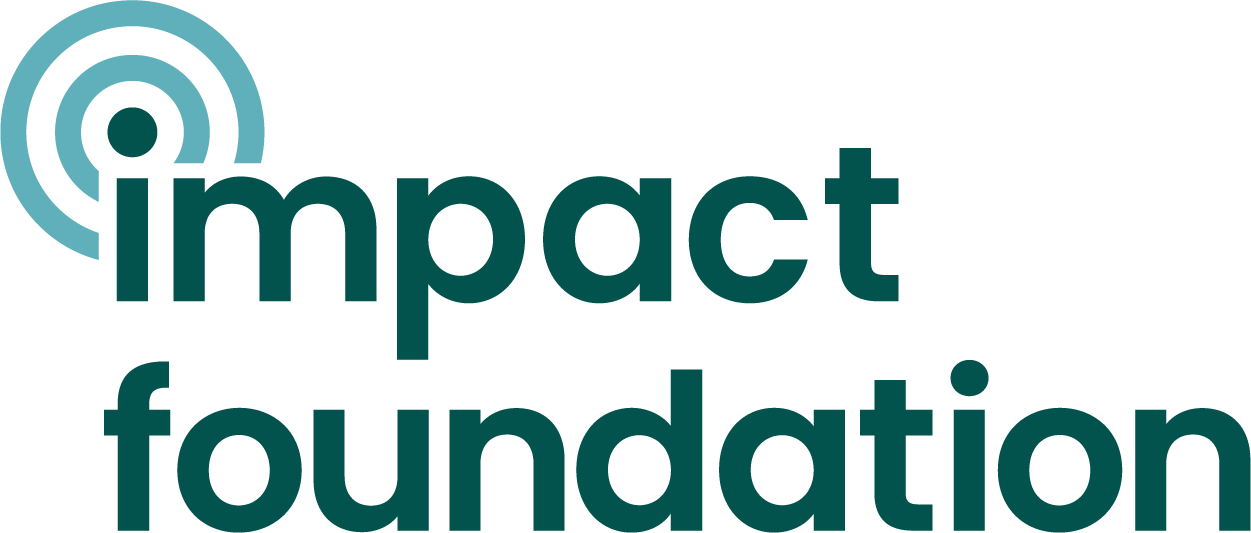
Three Ways to Communicate Courageously as a Board
By J. Patrick Traynor
The following is excerpted from “Reimagining Board Service: A Practical Blueprint for Building a High Impact Board.” You can purchase a copy here.
- Declare
The very first thing your group can do to become more effective communicators is to embrace the board’s duty to actively challenge the status quo. Remember: You’re on a journey of impact, so it’s time to get comfortable with being uncomfortable.
You’re doing a great disservice to your fellow board members and the organization as a whole when you withhold your ideas, perspective, and expertise.
As psychologist and best-selling author Jordan Peterson says, “Silence when you have something to say is a lie.”

2. Practice
Impact Boards regularly set aside time to learn and master important communication skills. From learning how to give and receive compliments to processing bad news to thoughtfully resolving disagreements, very little is left to chance. We recommend using a hypothetical scenario to give your board a chance to discuss how they would solve a challenging situation.
Here are some hypothetical scenarios your board could work through:
- Sudden loss of a long-time CEO
- Disruption to a major revenue stream
- Multiple red flags in the organizational dashboard
At the Institute, we do this type of role play at least twice per year as a board-and-CEO team. The scenarios themselves are determined by the board and CEO at prior board meetings and are sent out in advance to all attendees.
Another practice that Impact Boards employ is what’s known as “running the table” at the end of each meeting. Typically, the board chair gives each director a chance to voice any additional takeaways, concerns, or ideas not covered during the meeting.
Running the table helps ensure that every board member and the CEO are comfortable with what’s transpired during the meeting. And if an issue is identified, everyone is provided with an opportunity to make their concern known so that the issue can be resolved. If the matter can’t be immediately resolved, it should be placed on a future board agenda or next steps should be identified.

3. Repair
When organizations shoot for the moon, interpersonal conflict is sure to follow. It’s important to remember that healthy disagreement and creative tension are features of an Impact Board, not bugs. In fact, great boards instinctively understand that, without these things, there’s no growth, no improvement, and no significant progress.
One of the most common mistakes boards make is not addressing unhealthy tension or conflicts immediately. The board chair can play a significant role in handling these situations. We ask our own board chair to be on the lookout for hurt feelings, unhealthy lines of questioning and comments, and any behavior unbecoming of an Impact Board member.
Regardless of how heated or tense an interaction gets, your board chair should always be prepared to artfully de-escalate a situation and steer it in a more positive direction. Of course, the best solution for conflict is to avoid it entirely. And the best way to do that is for each director to attempt to maintain civility and operate in good faith at all times.
Effective, courageous communication requires full buy-in from the entire board. And it’s not something that happens by accident. It must become the expectation and actively practiced by each and every member to truly become a part of the organizational culture.
